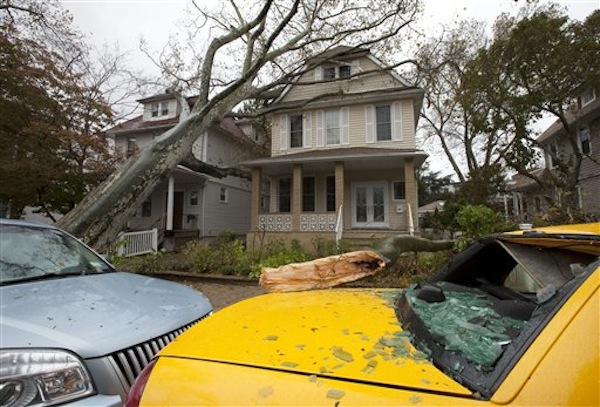Numb, hopeful, families endure post-Sandy recovery

AP642375272830.jpg
There was a moment of horrible disbelief when Linda Marten and her sister, Lauren Mullaney, realized that both of their homes on the Rockaway peninsula had burned to the ground the night Sandy came ashore.
“We were both on the phone, crying, saying, ‘How could this happen?'” Marten recalled, her voice cracking with emotion. “How can we both lose our house? Both of us?”
Mullaney’s home was among the charred wreckage of more than 100 houses in Breezy Point that were destroyed by a massive fire. A few miles farther east in New York City’s borough of Queens, a fire in the town of Belle Harbor swept down Marten’s block, consuming the home she and her husband purchased as newlyweds in 1995.